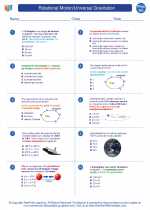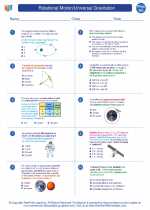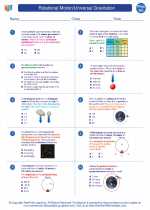Mars
Introduction
Mars is the fourth planet from the Sun in our solar system and is commonly referred to as the "Red Planet" due to its reddish appearance. It has intrigued scientists and the public alike due to its potential for hosting life and its similarities to Earth.
Key Facts
- Orbital Period: 687 Earth days
- Surface Temperature: -87 to -5 degrees Celsius (-125 to 23 degrees Fahrenheit)
- Atmosphere: Thin and primarily composed of carbon dioxide
- Moons: Mars has two small moons, Phobos and Deimos
Physical Characteristics
Mars has a thin atmosphere composed mostly of carbon dioxide, a rocky surface with craters, volcanoes, and valleys, and polar ice caps made of water and carbon dioxide. It also has a day length similar to Earth's, with a rotation period of about 24.6 hours.
Potential for Life
Scientists have been searching for signs of past or present life on Mars. Evidence suggests that liquid water may have existed on the planet's surface in the past, leading to speculation about the possibility of microbial life forms. The presence of methane in the atmosphere has also raised questions about potential biological sources.
Exploration
Several space missions have been sent to study Mars, including orbiters, landers, and rovers. Notable missions include the Mars rovers Spirit, Opportunity, and Curiosity, which have provided valuable data about the planet's geology and potential habitability.
Study Guide
- What is the average surface temperature of Mars?
- Describe the composition of Mars' atmosphere.
- What are the names of Mars' two moons?
- What evidence suggests the potential for past or present life on Mars?
- Discuss the significance of Mars exploration missions.
[Mars] Related Worksheets and Study Guides:
.◂Physics Worksheets and Study Guides High School. Rotational Motion/Universal Gravitation

 Worksheet/Answer key
Worksheet/Answer key
 Worksheet/Answer key
Worksheet/Answer key
